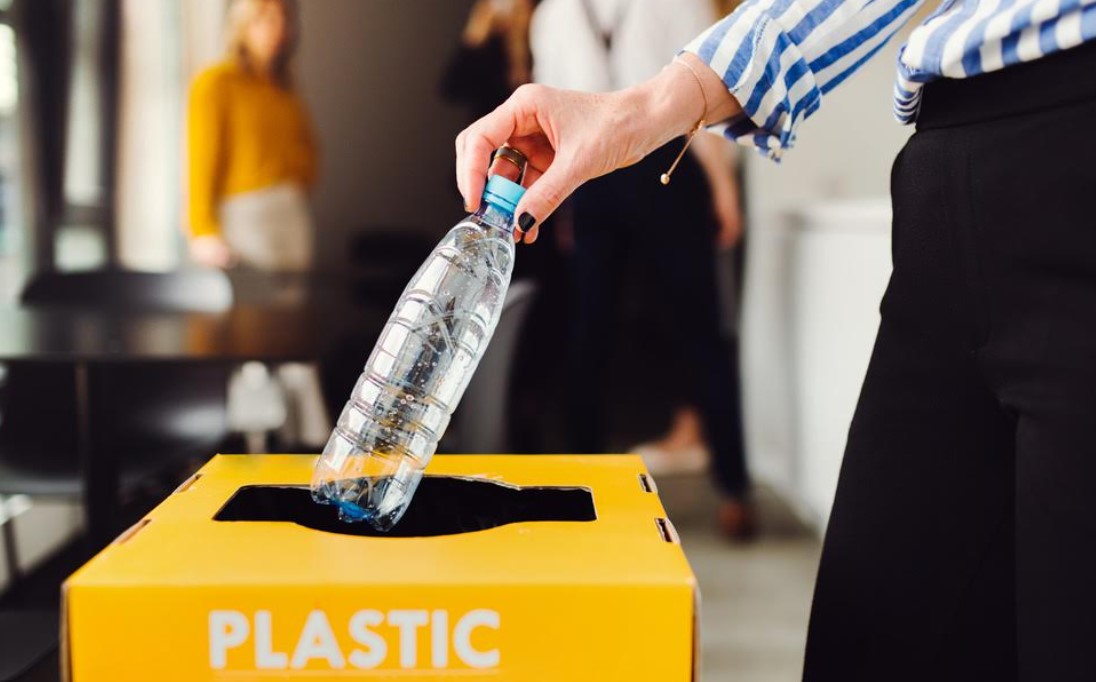What Is the Difference Between Consumer and Industrial Plastic?
Tennessee is home to a company known as Seraphim Plastics. The company recycles industrial scrap plastic in seven states, including Michigan and Arkansas. On their website, they state in no uncertain terms that they do not recycle household plastics. Household plastics are also known as consumer plastics, and they are quite different from the industrial materials that Seraphim recycles.
Do you know the difference? And if so, do you know why recycling industrial scrap plastic is so much easier than recycling consumer plastics? If more people knew the answers to these questions, it might be possible to change how we recycle for the better.
Consumer Plastics at Home
We will start with consumer plastics because they are easier to understand. These are plastics that consumers use at home. That is why they are referred to as both consumer and household plastics. The best way to understand the consumer designation is to assume that all plastics that ultimately end up as consumer products are in this category. Here are just three examples:
- Food Containers – All sorts of food items come packaged in plastic. From cold cuts to beverages and snack foods, packing in plastic represents an efficient and cost-effective way to manufacture and distribute huge quantities of food across the marketplace.
- Household Goods – Plastic plays a significant role in manufacturing household goods ranging from dishes to laundry baskets. So much plastic goes into household goods that most of us would probably be surprised to sit down and do an actual inventory.
- Consumer Electronics – Electronics manufacturers use quite a bit of plastic in their products. Think about your cell phone and computer. Not only do they have plastic cases, but many of the internal components are plastic as well. The very circuit boards that house all those components are plastic.
The volume of consumer plastics the world produces every year is almost unimaginable. For all intents and purposes, modern culture depends on plastic as the most prolific manufacturing material around.
Industrial Plastics
Any plastic that doesn’t qualify as a consumer plastic is industrial by default. It turns out that you and I encounter these plastics regularly. For example, have you ever seen a dunnage tray holding loaves of bread at your local supermarket? That plastic tray is considered an industrial plastic.
Industrial plastics are those plastics not destined for direct consumer use. Dunnage trays are but one example. Industrial plastics include everything from plastic pallets to medical supplies and the plastic buckets that hold so many different types of liquid materials.
The Biggest Difference
Industrial and consumer plastics are clearly defined along the lines of use. But beyond that, there is one significant difference that separates the two: recycling potential. Industrial plastics are generally much easier to recycle for two reasons. First, they are easily separated. In fact, many types of industrial plastics never get mixed together.
The second reason is that industrial plastics are less likely to be contaminated. Seraphim Plastics can pick up a load of scrap and know that they are only dealing with clean plastic of a single type. They do not need to put any time and effort into sorting and decontaminating. The same is not true for consumer plastics. Consumer plastic recycling is prohibitively expensive because the material needs to be sorted and cleaned.
Industrial and consumer plastics are considered different based on how they are used. But the bigger difference is how they are recycled. One is easily recycled while the other is not. Therein lies the most important lesson we can learn from all of this.







